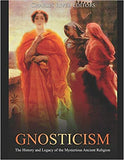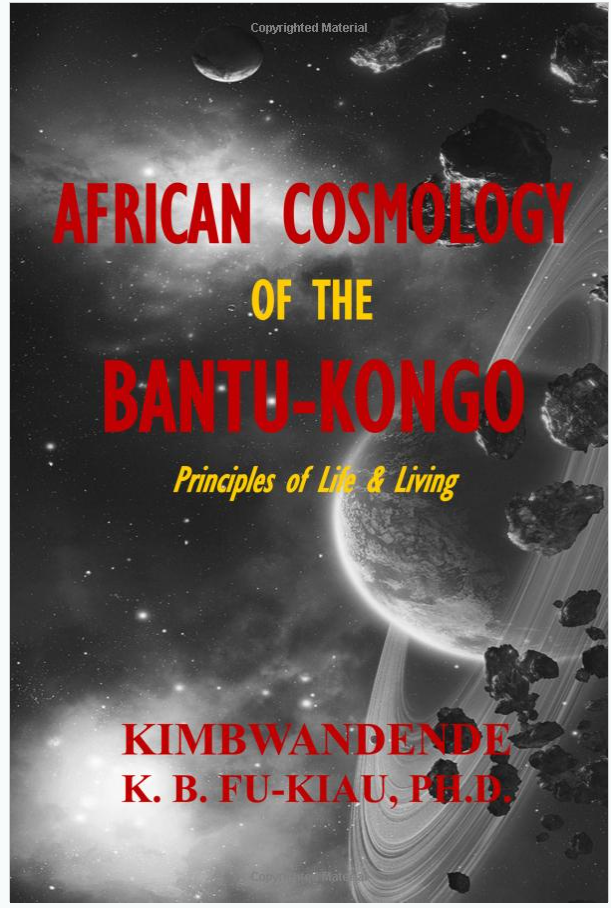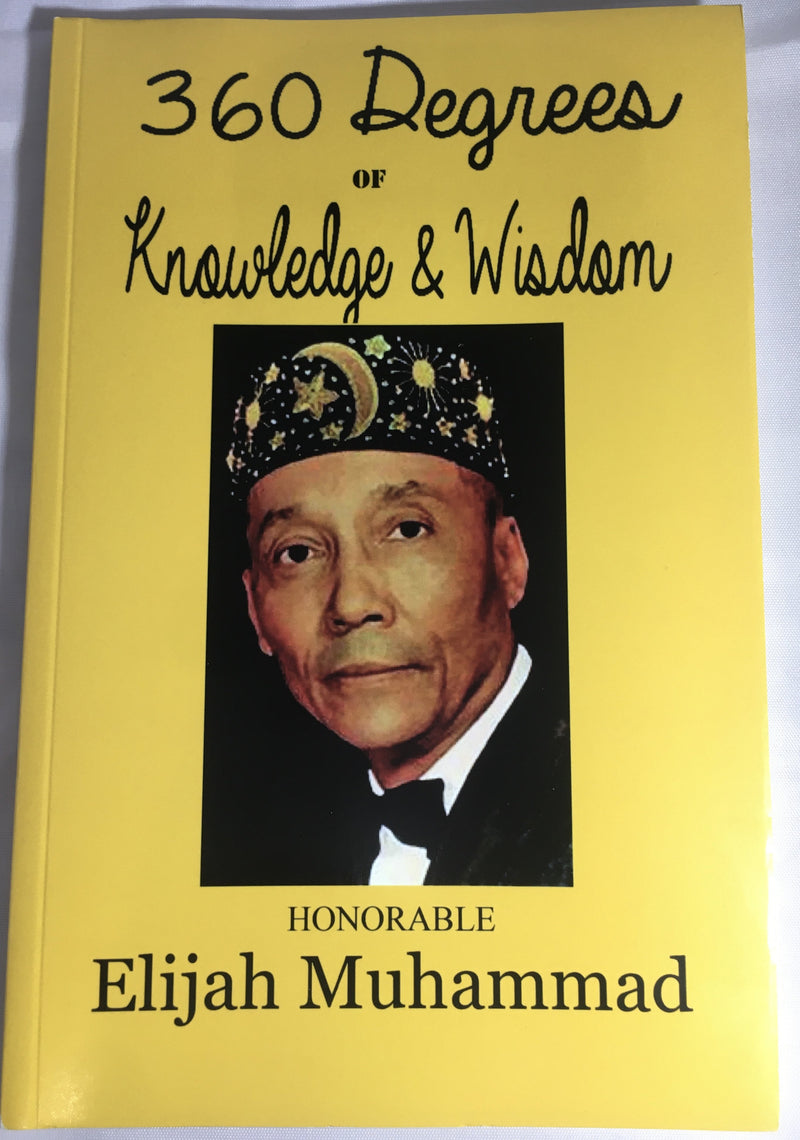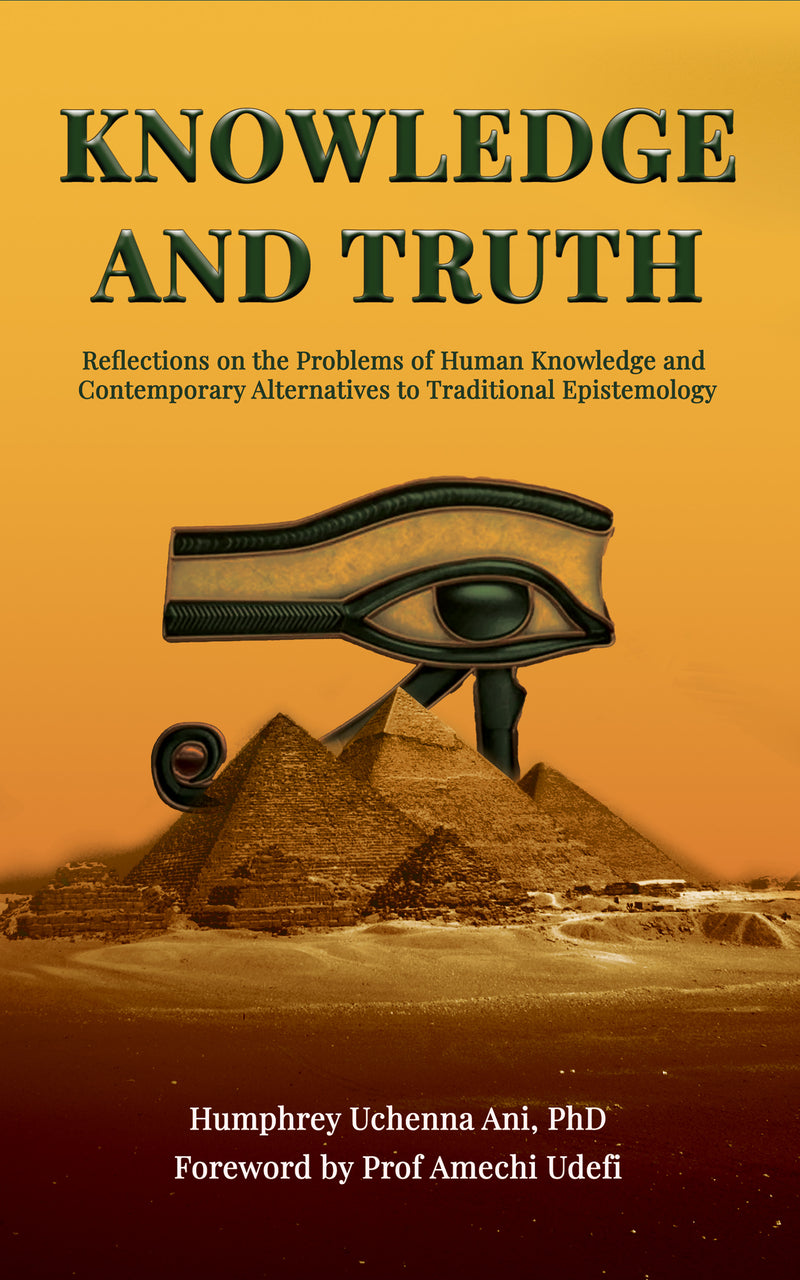Gujarat: The History of the Indian State from the Ancient Indus Valley Civilization to Today
ISBN: 9781792654923
*Includes pictures
*Includes online resources and a bibliography for further reading
“Placed as if by Nature in a locality which gives it a crowning position and serving as a gateway to India, every invader from the North has, by its possession, sought the road to fame.” – Syed Mohammad Latif
Gujarat is one of the most storied sites in a storied area. Many groups and empires ruled India or tried to, and Gujarat was the power center for the region’s oldest of all, the Indus Valley Civilization.
Gujarat also played an instrumental role in India’s greatest ancient empire. During the last centuries of the first millennium BCE, most of the Mediterranean basin and the Near East were either directly or indirectly under the influence of Hellenism. The Greeks spread their ideas to Egypt, Mesopotamia, and Persia and attempted to unify all of the peoples of those regions under one government. Although some of the Hellenistic kingdoms proved to be powerful in their own rights – especially Ptolemaic Egypt and the Seleucid Empire, which encompassed all of Mesopotamia, most of the Levant, and much of Persia during its height – no single kingdom ever proved to be dominant. The Hellenic kingdoms battled each other for supremacy and even attempted to claim new lands, especially to the east, past the Indus River in lands that the Greeks referred to generally as India. But as the Hellenistic Greeks turned their eyes to the riches of India, a dynasty came to power that put most of the Indian subcontinent under the rule of one king.
*Includes online resources and a bibliography for further reading
“Placed as if by Nature in a locality which gives it a crowning position and serving as a gateway to India, every invader from the North has, by its possession, sought the road to fame.” – Syed Mohammad Latif
Gujarat is one of the most storied sites in a storied area. Many groups and empires ruled India or tried to, and Gujarat was the power center for the region’s oldest of all, the Indus Valley Civilization.
Gujarat also played an instrumental role in India’s greatest ancient empire. During the last centuries of the first millennium BCE, most of the Mediterranean basin and the Near East were either directly or indirectly under the influence of Hellenism. The Greeks spread their ideas to Egypt, Mesopotamia, and Persia and attempted to unify all of the peoples of those regions under one government. Although some of the Hellenistic kingdoms proved to be powerful in their own rights – especially Ptolemaic Egypt and the Seleucid Empire, which encompassed all of Mesopotamia, most of the Levant, and much of Persia during its height – no single kingdom ever proved to be dominant. The Hellenic kingdoms battled each other for supremacy and even attempted to claim new lands, especially to the east, past the Indus River in lands that the Greeks referred to generally as India. But as the Hellenistic Greeks turned their eyes to the riches of India, a dynasty came to power that put most of the Indian subcontinent under the rule of one king.















